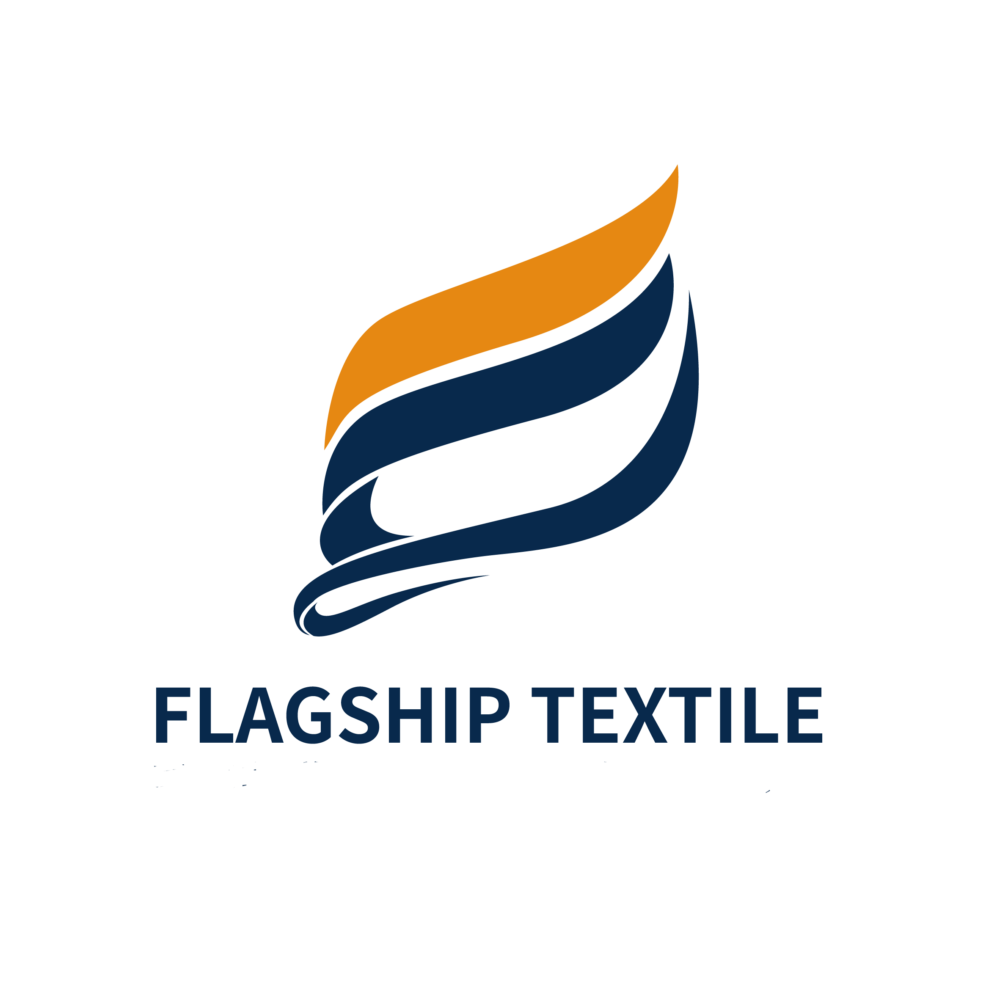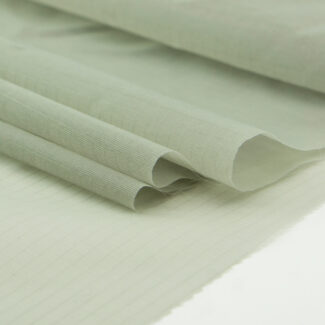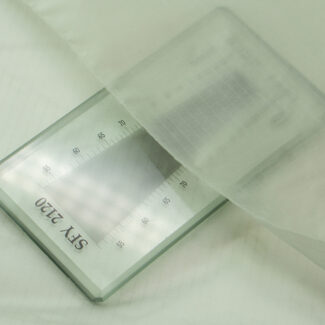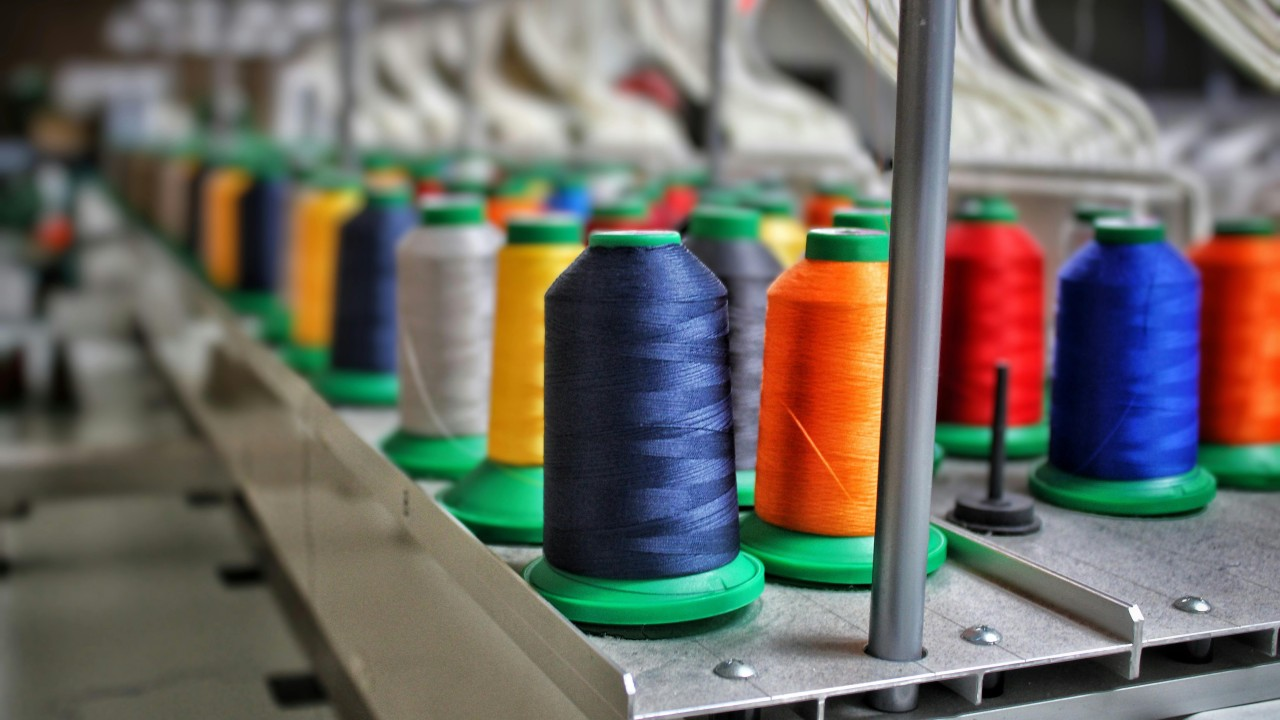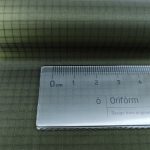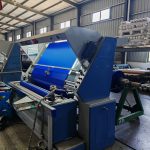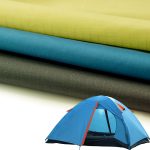comparison of Nylon 6.6 and Nylon 6, tailored to your expertise in outdoor textiles and sustainability goals:
What is Nylon 6.6?
Nylon 6.6 (Polyamide 6.6) is a synthetic polymer synthesized from hexamethylenediamine and adipic acid. Both monomers contain 6 carbon atoms, hence the “6.6” designation. It is renowned for its:
High melting point (~260°C)
Exceptional tensile strength
Low moisture absorption
Superior thermal and chemical resistance
Common Applications:
Parachutes, paragliders, and high-stress outdoor gear (due to strength and heat resistance).
Industrial textiles, automotive components, and military gear.
What is Nylon 6?
Nylon 6 (Polyamide 6) is derived from a single monomer, caprolactam, which contains 6 carbon atoms. While chemically similar to Nylon 6.6, its structure and properties differ:
Lower melting point (~220°C)
Higher moisture absorption
Slightly lower stiffness and thermal stability
Common Applications:
Apparel, sportswear, and lightweight outdoor gear (where flexibility and dyeability matter).
Fishing nets, ropes, and injection-molded parts.
Key Differences: Nylon 6.6 vs. Nylon 6
| Property | Nylon 6.6 | Nylon 6 |
|---|---|---|
| Molecular Structure | Symmetric H-bonding (tighter packing) | Less symmetric H-bonding |
| Melting Point | ~260°C | ~220°C |
| Tensile Strength | Higher (80-90 MPa) | Slightly lower (70-80 MPa) |
| Moisture Absorption | 2.5-3% (at 65% RH) | 3.5-4.5% (at 65% RH) |
| Thermal Stability | Excellent resistance to heat aging | Prone to oxidation at high temps |
| Chemical Resistance | Better resistance to acids and bases | Moderate resistance |
| Cost | Higher (complex production process) | Lower (simpler polymerization) |
| Recyclability | Challenging (needs precise sorting) | Easier (depolymerizes to caprolactam) |
For high-stress, precision-demanding applications like paragliders, parachutes, or alpine tents, Nylon 6.6 is unmatched in performance. However, Nylon 6 offers cost and sustainability advantages for less extreme uses. As a fabric innovator, blending both materials strategically—while advancing recycled/bio-based variants—can align with your eco-performance mission.
Let me know if you’d like deeper insights into specific applications!
